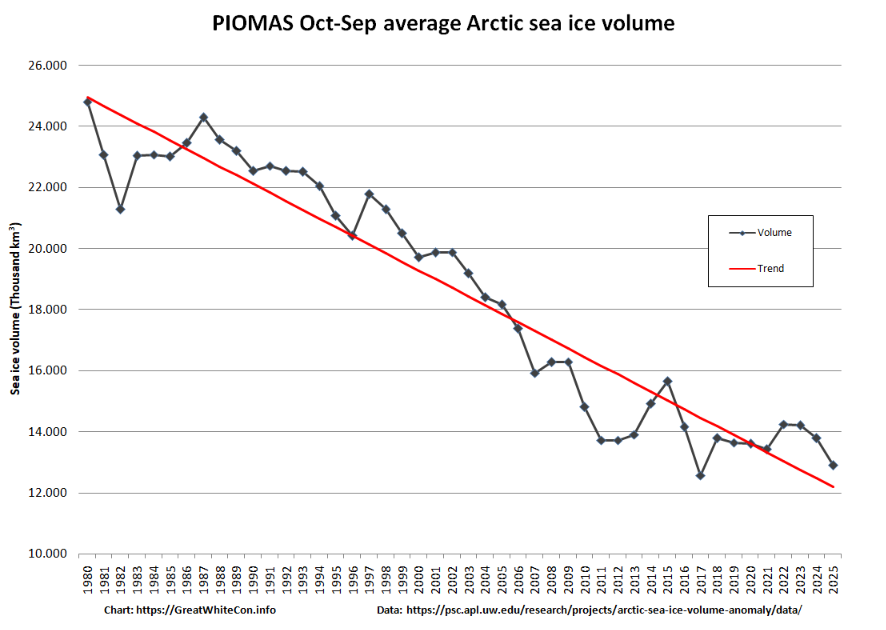https://peoplesworld.org/article/trumps-catalog-of-constitutional-crimes-long-and-getting-longer/
People are resisting but overall things are getting worse not better.....
- Challenging the right of anyone of
color to be a U.S. citizen, despite the clear, blunt language of the
U.S. Constitution’s 14th Amendment. It says “all persons born or
naturalized in the U.S. and subject to the jurisdiction thereof are
citizens of the United States and of the states wherein their reside.”
Trump lost a “birthright citizenship”
challenge in the lower courts. His administration appealed it to the
Supreme Court and a ruling is expected by late June or early July.
2) Using the Alien Enemies Act of 1789 to
have ICE agents summarily remove and deport people—alleged Venezuelan
gang members—without due process of law, as the Constitution’s 5th
Amendment guarantees.
A Trump-named U.S. District Judge in
South Texas ruled against one AEA removal Trump ordered. The Ronald
Reagan-named judge says that law can only be invoked in times of
“declared war or invasion or predatory incursion.”
- Millions of privacy violations, all
to both gather information on individual Americans while also opening
them up to the private greed of former Trump partner Elon Musk, then
head of Trump-named “Department of Government Efficiency” teams.
DOGE computer nerds seized sensitive
confidential financial information about individuals from the IRS,
medical information from the Department of Health and Human Services,
and data about labor law cases from the Labor Department, among others.
That’s unconstitutional. The 4th
Amendment specifies a right to privacy: “The right of the people to be
secure in their persons, houses, papers, and effects, against
unreasonable searches and seizures shall not be violated” except when
there’s “probable cause” backed by sworn search warrants. DOGE, of
course, had neither.
4) Punishing political enemies, including
law firms and universities. Trump punished the law firms for defending
his opponents by restricting their rights to practice in front of the
government and threatening to cut off their clients.
Kirkland & Ellis, a Chicago-based
firm that provided partner Albert Jenner, a key House Judiciary
Committee counsel during Richard Nixon’s impeachment, didn’t cave. It
beat Trump.
- Executive orders yanking business
from the law firms and threatening clients also “appear to
be unconstitutional and in violation of multiple sections of the Bill of
Rights,” CAP said.
One federal judge called such “using
the powers of the federal government to target lawyers for their
representation of clients and avowed progressive employment policies in
an overt attempt to suppress and punish certain viewpoints contrary to
the Constitution.” That violated the constitutional protections for
freedom of speech, equal protection of the laws, due process, and the
right to counsel.
6) Trump also pursues vendettas against
leading universities, which he alleges aren’t cracking down on—and
violating the free speech rights of—peaceful pro-Palestinian protesters.
His actions feature yanking all the federal research grants they get,
and, in Harvard’s case, actually trying to ban it from accepting foreign
students. Harvard hasn’t caved—yet. Columbia has.
Breaking the Constitution’s “speech and
debate clause” protecting lawmakers from being sued for whatever they
say in Congress. Ed Martin, Trump’s controversial interim U.S. Attorney
for D.C. “sent letters to Democratic members of Congress and senators
purporting to investigate their public political speech as criminal
threats.” Martin became too hot for even Trump to handle. He asked Trump
to withdraw his nomination.
In another constitutional violation
Martin warned top law schools “to end diversity, equity, and inclusion
programs or their graduates would be blacklisted from Justice Department
jobs.”
Trump cites two Supreme Court
rulings, overturning affirmative action in college admissions at Harvard
and the University of North Carolina, as justification for banning DEI
programs government-wide, including in firms and universities that
receive federal grants and money.
Trump’s Education Department—or
what’s left of it—sent word to school districts nationwide to shut their
DEI programs or face the loss of federal Title I student aid to schools
with high shares of poor kids.
Prohibits free speech restrictions
“The First Amendment prohibits the
government from mandating a speech code and prohibiting free association
for the public,” one progressive legal analysis says. “The 5th
Amendment prohibits the government from punishing people and privately
held organizations without due process of law.”
“The Trump Administration is breaking
the law and undermining the Constitution every day by illegally
stealing funds for the programs that help American families and
businesses, firing career civil servants without cause, and dismantling
agencies created by acts of Congress,” says one of the two, Rep. Rosa
DeLauro, D-Conn.
“If presidents can decide when to
spend and not spend all on their own, then Congress becomes little more
than an advisory body to a monarch. Certainly that’s what the framers
thought,” the Brennan Center for Law and Justice adds.
- “The Trump-appointed acting director
of the Office of Management and Budget ordered
a government-wide impoundment of trillions of dollars that Congress,”
the Brennan Center adds. That would end, OMB said, “after it reviewed
whether agency activities implicate policies the president opposes,
specifically citing ‘DEI, woke gender ideology, and the green new deal.’
It created immediate chaos” and lower court wins against Trump.
“In the words of one court, the
budget office’s order ‘fundamentally undermines the distinct
constitutional roles of each branch of our government,” especially
Congress’s power of the purse,” the Brennan Center said.









